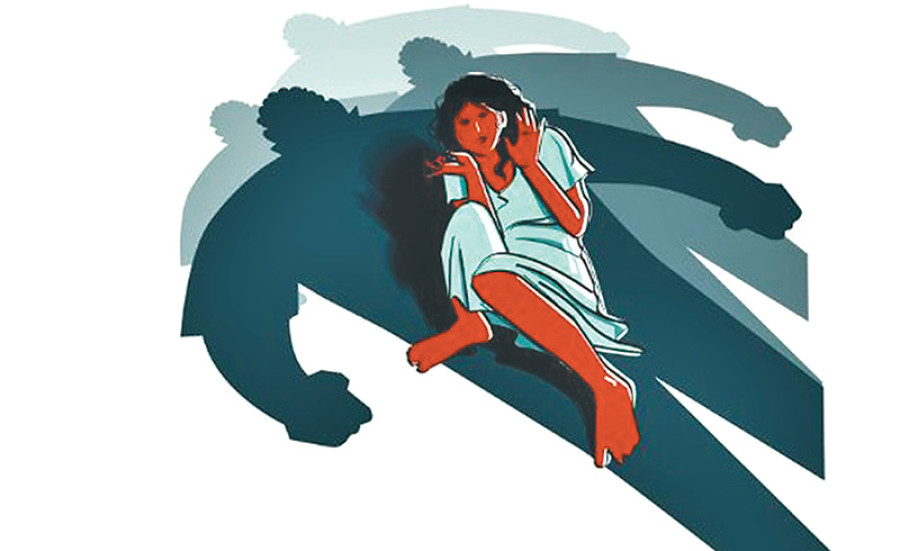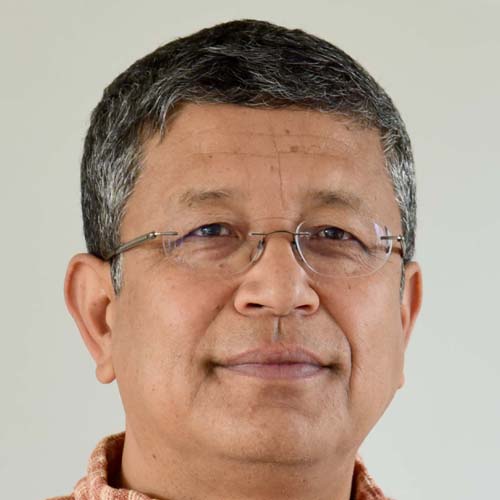Wed, Dec 24, 2025
Opinion
Iron will
Ruling parties have the power to send out a message of zero tolerance against gender- and caste-based discrimination
bookmark
Deepak Thapa
Published at : April 5, 2018
Updated at : April 5, 2018 08:37
By the end of 1992, Laloo Prasad Yadav had been at the helm of the Indian state of Bihar for nearly three years and was riding high. Even though the brand name ‘Bihar’ represented almost everything that was horrid about India, the corruption scandals that ultimately laid him low were yet to surface. He had come to power following the 1989 Bhagalpur riots that saw at least 1000 people dead, with Muslims representing more than 90 percent of those killed. Muslims had defected from the then-ruling Congress party and the Muslim-Yadav nexus voted Yadav’s Janata Dal into power. Within months of becoming Chief Minister of Bihar, Yadav had arrested the president of the Bharatiya Janata Party, Lal Krishna Advani, as the latter swept through Bihar as part of his infamous Rath Yatra dedicated to destroying the Babri Masjid in Ayodhya and building a temple to the Hindu god, Ram, in its place.
The Hindu Right ultimately succeeded in pulling down the historic mosque in December 1992, sparking communal violence across India (as well as in Pakistan and Bangladesh). There were widespread riots, most notoriously in Bombay. But, the one place that stood out in all the mayhem was Bihar: only 24 dead, with nine of those killed in police firing. Coming so soon after the Bhagalpur riots and a longer history of Hindu-Muslim violence, it was remarkable that the death toll in Bihar was restricted to such a small number. How that came to be is part of historical lore but true. As the news magazine India Today wrote: ‘As soon as the first dome of the Babri Masjid collapsed…, Chief Minister Laloo Prasad Yadav swivelled around in his chair, picked up the telephone and dialled the district magistrates [akin to our CDOs] and police chiefs one by one: “Shoot whoever foments communal violence. Deal with the situation ruthlessly, otherwise you know how I will deal with you.” Before the incendiary news could get around, the police and paramilitary forces had moved into communally sensitive areas.’
Protecting women and girls
The point of the story is to demonstrate that given the commitment there is almost nothing that political leaders cannot get done. As holdovers from a colonial state, the administrative and police system in both India and Nepal are similar—at least so far given the still-ongoing uncertainty about policing in a federal Nepal. And the power wielded by the authorities is considerable. That is why it begs the question why despite the many public pronouncements by both the prime minister and the home minister, crimes against women and girls, particularly rape, has continued unabated.
Barely a day goes by without incidents of the heinous act being reported in the media. Just the other day, the police released statistics for Kathmandu district, showing that in the past nine months 89 women and girls had been raped. That is one rape every three days, a situation that is far from acceptable. More so if the worldwide trend is applicable to Nepal, and there is no reason why it should not, which means that these reported cases of rape represent at most 75 percent of the actual sexual assaults that actually take place.
As recently demonstrated by the three highly publicised cases of rape in Kathmandu, Godamchaur in Lalitpur and Itahari, there is little incentive to report. The justice system is stacked quite heavily against the victim. Government mechanisms tend to side with whoever has the cash or the power, and are often involved in patently illegal settlements reached outside the criminal justice system, including the most-inhumane punishment meted to the victim, of getting her married to the one who had brutally violated her.
The conviction rate for rape is also quite low, 64 percent for rape in the Supreme Court and 42 percent in the High Courts. As reported in the online The Record, a lawyer with many years of experience representing rape victims explained why this happens: ‘When the perpetrator has influence, the complaint is often not registered, there’s evidence-tampering, and the investigation is weak.’
The Laloo Prasad Yadav example becomes pertinent here because it shows that if a clear message could be sent down the official chain about zero tolerance on all kinds of violence against women, there is the extremely high likelihood that it will begin to have an effect. If 1990s Bihar could stem full-blown religious violence by a forceful show of political will, it should be much easier in Nepal. However, it requires strong resolve from the very top, and one that goes beyond the pretty speeches we continue to be regaled with by the home minister.
Home Minister Ram Bahadur Thapa needs to put his money where his mouth is. Unfortunately, if recent reports are true, we are likely to get nothing but cheap talk. A follow-up to a newspaper report about the home minister’s brother’s alleged involvement in an illegal sand mining operation in southern Lalitpur mentioned that let alone taking action against the extraction, the local police chief was scared of even enforcing the compulsory helmet rule for the local motorcycle-borne goons providing muscle power to the sand business. If true, definitely a sign that no message has filtered down on enforcing a hard line on crime, and the issue of violence against women and girls can hardly be an exception.
Respecting women
In the brouhaha that followed the EU election monitoring report, politicians of all hues went to town about how inclusive the 2015 constitution is. One of the points highlighted was the dramatic increase in women’s representation in all three levels of government: a full 41 percent. Certainly an impressive achievement and one that provides opportunities galore for all the political parties particularly in influencing social norms to make women in leadership roles more acceptable. And, who better to take that up than the ruling UML-Maoist coalition with their combined total of 56 percent of all the elected seats?
There are also other areas that require serious attention. Back from a tour involving interactions with Dalit women representatives in different parts of the country, Renu Sijapati of the Feminist Dalit Organisation, told me how the situation had remained unchanged on the ground for the Dalit women elected to office. These leaders spoke out about caste discrimination by fellow elected officials. Not at all surprising for despite their making up 20 percent at the ward level, in actual terms they represented just one of five members, hardly a proportion capable of affecting ingrained behaviour.
As cadre-based parties, the ruling UML and the Maoists could have a much more immediate and lasting impact in changing gender and caste relations. If the leadership of both the UML and the Maoists, or the soon-to-be-united party, could pass on the message a la Laloo Prasad Yadav in 1992 that no form of caste- or gender-based discriminated would be tolerated and punitive action would be taken against erring cadre, the promise of a more just Nepal would be more easily realised. Relinquishing this opportunity would be a quite a waste of the huge popular mandate awarded to these two parties.
Editor's Picks
Pradeep Adhikari’s flight to power—and the turbulent fall
Ride-hailing no easy option for students struggling to commute in Kathmandu
Is Oli’s victory over Ishwar Pokhrel also a final defeat for Bidya Bhandari?
Nepal scales back key SDG health targets
Nepal’s ban fails to stop Nepalis from working in Iraq
E-PAPER | December 24, 2025
×




 16.12°C Kathmandu
16.12°C Kathmandu










